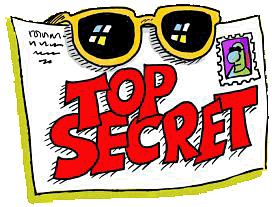
It's now time to attempt some real TYPE 2 QUESTIONS.
Before we move onto the test, tell me what you'd like me to call you. Use the keypad to enter your name and press the 'Submit' button.
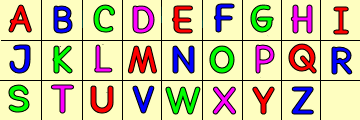


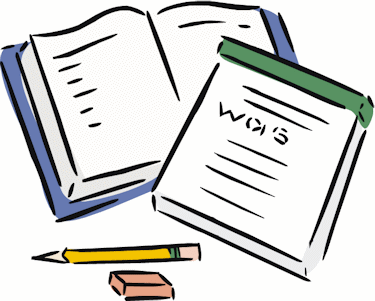
|
For this lesson you are going to need: A PENCIL A RUBBER A PENCIL SHARPENER A RULER A NOTEBOOK OR SOME PAPER A DICTIONARY Have you got all these? |
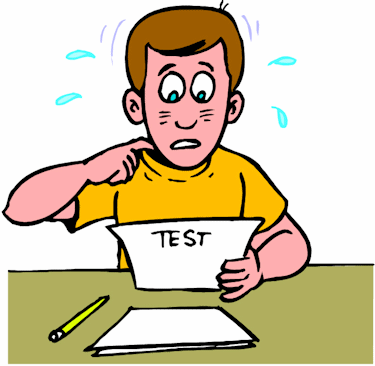
|
OK kiddo, your Verbal Reasoning Type 2 test (STANDARD VERSION) starts now. |
 |
A B C D E F G H I J K L M N O P Q R S T U V W X Y Z
Question 1. If the code for CONNECT is XLMMVXG what does WVZORMT mean?  DEALING DEALING CONCISE CONCISE DEMANDS DEMANDS QUARTER QUARTER DEFINED DEFINED
|
 |
A B C D E F G H I J K L M N O P Q R S T U V W X Y Z
Question 2. If the code for GLOBAL is DILYXI what is the code for CAUSED?  ZXRPBA ZXRPBA ZXDFHJ ZXDFHJ ZXTVXZ ZXTVXZ DFHJLN DFHJLN PRTVXZ PRTVXZ
|
 |
A B C D E F G H I J K L M N O P Q R S T U V W X Y Z
Question 3. If the code for OTHERS is NSGDQR what does RSZFDR mean?  STAGES STAGES STICKS STICKS STUPID STUPID SPENDS SPENDS COUPLE COUPLE
|
 |
A B C D E F G H I J K L M N O P Q R S T U V W X Y Z
Question 4. If the code for LIBERAL is ORYVIZO what does TIVZGVI mean?  THEREBY THEREBY GREATER GREATER GROUNDS GROUNDS GREATLY GREATLY SUBJECT SUBJECT
|
 |
A B C D E F G H I J K L M N O P Q R S T U V W X Y Z
Question 5. If the code for CEASE is BHVZV what is the code for SIGHT?  RLLEX RLLEX RLQJC RLQJC RLVOH RLVOH RLBOK RLBOK CVOHA CVOHA
|
 |
A B C D E F G H I J K L M N O P Q R S T U V W X Y Z
Question 6. If the code for ANYWAY is ZMBDZB what is the code for GRAPHS?  TIZKSH TIZKSH TIRHXN TIRHXN XNDTJZ XNDTJZ TIFVLB TIFVLB TIDTJZ TIDTJZ
|
 |
A B C D E F G H I J K L M N O P Q R S T U V W X Y Z
Question 7. If the code for PROVIDE is QSPWJEF what is the code for GROWING?  HSPXJOH HSPXJOH HSNPRTV HSNPRTV DFHJNLP DFHJNLP HSDFHJL HSDFHJL RTVXZBD RTVXZBD
|
 |
A B C D E F G H I J K L M N O P Q R S T U V W X Y Z
Question 8. If the code for PLEASED is KOVZHVW what does HFUURXV mean?  LEADERS LEADERS EXAMPLE EXAMPLE SUBJECT SUBJECT SUFFICE SUFFICE SUSPECT SUSPECT
|
 |
A B C D E F G H I J K L M N O P Q R S T U V W X Y Z
Question 9. If the code for LOGS is MPHT what does SJDF mean?  RICE RICE RICH RICH LABS LABS SKIP SKIP RIDE RIDE
|
 |
A B C D E F G H I J K L M N O P Q R S T U V W X Y Z
Question 10. If the code for INCHES is DIXCZN what does WDIVMT mean?  STRIKE STRIKE BINARY BINARY PLAYER PLAYER LATTER LATTER BITTER BITTER
|
 |
A B C D E F G H I J K L M N O P Q R S T U V W X Y Z
Question 11. If the code for SOLID is QONMJ what does NAKVY mean?  PARTS PARTS PARTY PARTY AGAIN AGAIN PAIRS PAIRS CARES CARES
|
 |
A B C D E F G H I J K L M N O P Q R S T U V W X Y Z
Question 12. If the code for GETTING is FEUVLRL what does OAZOHRY mean?  EXTENDS EXTENDS AVERAGE AVERAGE PAYMENT PAYMENT PACKAGE PACKAGE PAINFUL PAINFUL
|
 |
A B C D E F G H I J K L M N O P Q R S T U V W X Y Z
Question 13. If the code for CHANGES is GMGUONC what does ICGTXUO mean?  EXAMPLE EXAMPLE ADVISED ADVISED UNIFORM UNIFORM EXPOSED EXPOSED EXCLUDE EXCLUDE
|
 |
A B C D E F G H I J K L M N O P Q R S T U V W X Y Z
Question 14. If the code for FATE is UZGV what is the code for CODE?  XLFT XLFT XLDR XLDR FTHV FTHV XLWV XLWV BPDR BPDR
|
 |
A B C D E F G H I J K L M N O P Q R S T U V W X Y Z
Question 15. If the code for CHAOS is BGZNR what is the code for EARLY?  DZQKX DZQKX PKFAV PKFAV DZLGB DZLGB DZPKF DZPKF DZAVQ DZAVQ
|
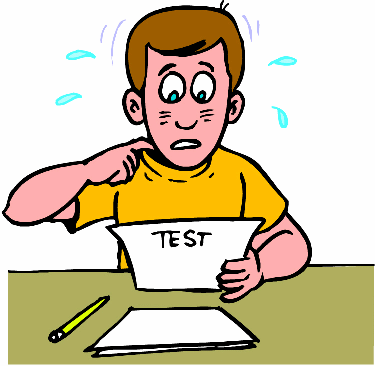
|
You have now completed the VERBAL REASONING TYPE 2 TEST (MULTIPLE CHOICE VERSION).
 |